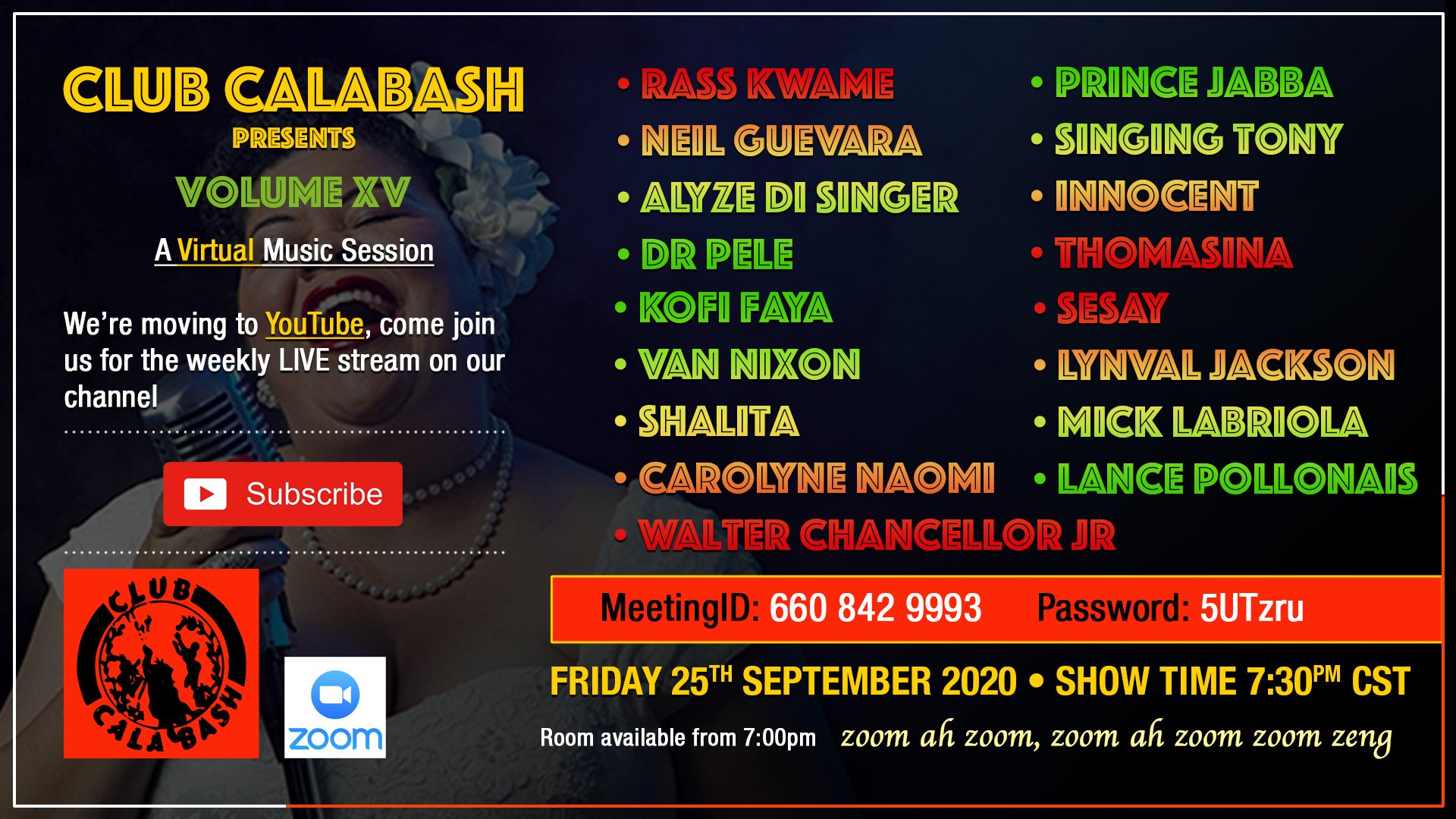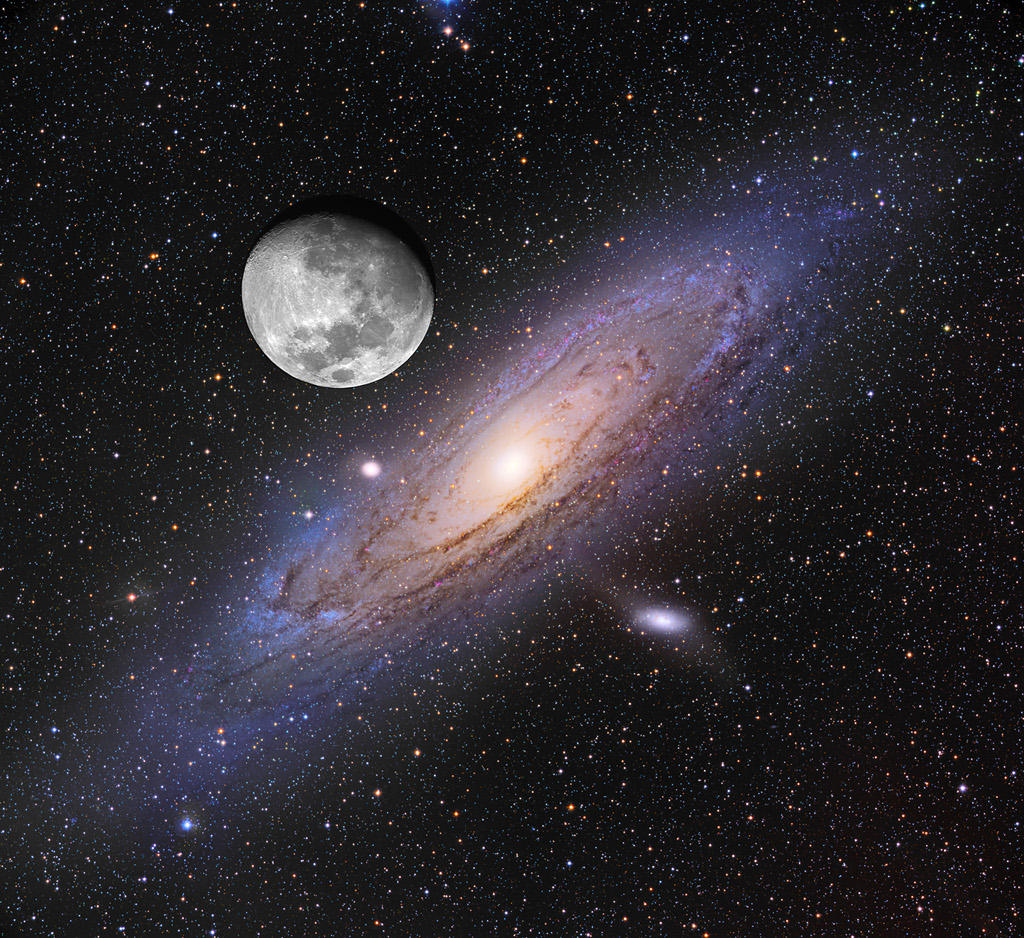Blog
Robert Roland Chudnick (September 27, 1927 – May 27, 1994), known professionally as Red Rodney, was an American jazz trumpeter.
Born in Philadelphia, Pennsylvania, he became a professional musician at 15, working in the mid-1940s for the big bands of Jerry Wald, Jimmy Dorsey, Georgie Auld, Elliot Lawrence, Benny Goodman, and Les Brown. He was inspired by hearing Dizzy Gillespie and Charlie Parker to change his style to bebop, moving on to play with Claude Thornhill, Gene Krupa, and Woody Herman. He is Jewish.
He accepted an invitation from Charlie Parker to join his quintet. and was a member of the band from 1949–1951. Being the only white member of the group, when playing in the southern United States he was billed as “Albino Red” as a ruse to avoid prejudice against mixed race musical combos. During this time he recorded extensively.
more...
Earl Rudolph “Bud” Powell (September 27, 1924 – July 31, 1966) was an American jazz pianist and composer. Along with Charlie Parker, Thelonious Monk, and Dizzy Gillespie, Powell was a leading figure in the development of bebop. His virtuosity led many to call him the Charlie Parker of the piano. Powell was also a composer, and many jazz critics credit his works and his playing as having “greatly extended the range of jazz harmony.”
Powell’s father was a stride pianist. Powell started classical piano lessons at the age of five. His teacher, hired by his father, was a West Indian man named Rawlins. At ten, Powell showed interest in the swing music that could be heard all over the neighborhood. He first appeared in public at a rent party, where he mimicked Fats Waller‘s playing style. The first jazz composition that he mastered was James P. Johnson‘s “Carolina Shout”. Powell’s older brother, William, played trumpet and violin, and by the age of 15 Powell was playing in William’s band. Powell heard Art Tatum on the radio and tried to match his technique. Powell’s younger brother, Richie Powell, was also a noted bebop pianist.
https://www.youtube.com/watch?v=NpNAKrFLqfU
more...Resting on the tail of the Great Bear in the constellation of Ursa Major, lies NGC 5585, a spiral galaxy that is more than it appears. The many stars, and dust and gas clouds that make up NGC 5585, shown here in this Hubble image, contribute only a small fraction of the total mass of the galaxy. As in many galaxies, this discrepancy can be explained by the abundant yet seemingly invisible presence of dark matter. The stellar disc of the galaxy extends over 35 000 light-years across. When compared with galaxies of a similar shape and size, NGC 5585 stands out by having a notably different composition: Contributing to the total mass of the galaxy, it contains a far higher proportion of dark matter. Hotspots of star formation can be seen along the galaxy’s faint spiral arms. These regions shine a brilliant blue, contrasting strikingly against the ever-black background of space.

Victor Edward Jurusz Jr. (September 26, 1953 – December 31, 2019), known professionally as Vic Juris, was an American jazz guitarist.
Juris was born in Jersey City, New Jersey, but he moved with his family to Parsippany early in his life. In 1963, at the age of 10, he began learning guitar. At 11, he studied guitar at the home of his teacher, Ed Berg, and got interested in jazz listening to Berg’s records of guitarists Django Reinhardt, Jim Hall, Barney Kessel, Jimmy Raney, and Johnny Smith. When asked about albums that made an impact on him as a kid, Juris cites Rubber Soul by The Beatles, The Dynamic Duo by Wes Montgomery and Jimmy Smith, Larry Coryell‘s debut album, and Are You Experienced by Jimi Hendrix. In his teens he played the rock music of the 1960s. When he was 19, he met blind saxophonist Eric Kloss and they became friends. He made his first recording on Kloss’s album Bodies’ Warmth (Muse, 1975). Around the same time, he met guitarist Pat Martino, who became a friend and mentor.
Juris recorded with Richie Cole during 1976–78 and released his debut album as a leader, Road Song, in 1979. In the early 1980s, he turned to acoustic guitar in duos with Larry Coryell and Biréli Lagrène, and in the late 1980s he worked with Gary Peacock‘s band. Since 1991 he has spent much of his career with saxophonist David Liebman.
During the 1990s, he worked as sideman with Lee Konitz and Peggy Stern (1992), Benny Waters (1993), Jeanie Bryson (1993–94), Gary Peacock (since 1994), Steve LaSpina (since 1995), Judi Silvano (1996), Ken Serio (1996, 2007,2019) and Joe Locke (1998).
more...Gary Bartz (born September 26, 1940) is an American jazz saxophonist. Bartz studied at the Juilliard Conservatory of Music. In the early 1960s, he performed with Eric Dolphy and McCoy Tyner in Charles Mingus‘ Jazz Workshop. He worked as a sideman with Max Roach and Abbey Lincoln before joining Art Blakey and the Jazz Messengers. In 1968, he was a member of McCoy Tyner‘s band Expansions.
In mid-1970, he joined Miles Davis‘ band, performing live at the Isle Of Wight festival in August and at a series of December dates at The Cellar Doorclub in Washington, D.C. Portions of these shows were initially released on the 1971 Live-Evil album, with the entire six performance/four night run eventually released in full on the 2005 Cellar Door Sessions box set. He later formed the band Ntu Troop, which combined jazz, funk, and soul.
more...George Gershwin (/ˈɡɜːrʃ.wɪn/; born Jacob Bruskin Gershowitz; September 26, 1898 – July 11, 1937) was an American composer and pianist whose compositions spanned both popular and classical genres. Among his best-known works are the orchestral compositions Rhapsody in Blue(1924) and An American in Paris (1928), the songs “Swanee” (1919) and “Fascinating Rhythm” (1924), the jazz standard “I Got Rhythm” (1930), and the opera Porgy and Bess (1935) which gave birth to the hit “Summertime“.
Gershwin studied piano under Charles Hambitzer and composition with Rubin Goldmark, Henry Cowell, and Joseph Brody. He began his career as a song plugger but soon started composing Broadway theater works with his brother Ira Gershwin and with Buddy DeSylva. He moved to Paris intending to study with Nadia Boulanger, but she refused him. He subsequently composed An American in Paris, returned to New York City and wrote Porgy and Bess with Ira and DuBose Heyward. Initially a commercial failure, it came to be considered one of the most important American operas of the twentieth century and an American cultural classic. Gershwin moved to Hollywood and composed numerous film scores. He died in 1937 of a malignant brain tumor. His compositions have been adapted for use in film and television, with several becoming jazz standards recorded and covered in many variations.
more...Celebrated Algerian singer and violinist Hamdi Benani died September 21, 2020 of COVID-19.
Benani was born January 1, 1943 in Annaba, French Algeria. He learned music from his uncle M’hamed El Kourd. Benani was inspired by maesters such as Hassen Al-Annabi, Mohamed Tahar Fergani, and Abdelmoumène Bentobal.
The Algerian icon became popular with his 1963 song “Ya Bahi El Djamel.” He brought new attention to the Arab-Andalusian Maluf musical genre with successful songss like “Mahbounati” and “Adala Ya Adala.”
Benani was known as “l’ange blanc” (the white angel) because he always appeared on stage with a white suit with his beloved white violin.
His most popular albums include “Ya Ahl Ellil Tahya Bikoum,” “Bahi Al-Djamel,” “Min Chit Frikitti,” and “Achiq Al-Mahboub Dar Al-Hiba.”
more...Clipper Ogwang, one of the leading players of the Ugandan harp known as nanga, passed away on Thursday, September 24, 2020 at Gulu Regional Referral Hospital.
Ogwang was born in 1936. He started as a singer and learned how to play his father’s nanga. In 1956, he studied guitar and won various guitar competitions in Agago, Omoro and Chua. Later, he went back to his popular nanga music.
more...https://www.youtube.com/watch?v=TsnGLhb6l1A
more...Friday 9-25-20 Last Facebook Club Calabash moving to YouTube. mick will do his Stones Roots session.

The Great Spiral Galaxy in Andromeda (also known as M31), a mere 2.5 million light-years distant, is the closest large spiral to our own Milky Way. Andromeda is visible to the unaided eye as a small, faint, fuzzy patch, but because its surface brightness is so low, casual skygazers can’t appreciate the galaxy’s impressive extent in planet Earth’s sky. This entertaining composite image compares the angular size of the nearby galaxy to a brighter, more familiar celestial sight. In it, a deep exposure of Andromeda, tracing beautiful blue star clusters in spiral arms far beyond the bright yellow core, is combined with a typical view of a nearly full Moon. Shown at the same angular scale, the Moon covers about 1/2 degree on the sky, while the galaxy is clearly several times that size. The deep Andromeda exposure also includes two bright satellite galaxies, M32 andM110 (below and right).

John Taylor (25 September 1942 – 17 July 2015) was a British jazz pianist born in Manchester, England, who occasionally performed on the organ and the synthesizer.
John Taylor was a self taught pianist. With his family, he moved from Manchester, first to the Midlands and then to Hastings where he played locally. In 1964 Taylor became a civil servant, moved to London and became involved in the free jazz scene.
Taylor first came to the attention of the jazz community in 1969 when he partnered with saxophonists Alan Skidmore and John Surman. He was later reunited with Surman in the short-lived group Morning Glory and in the 1980s with Miroslav Vitous‘s quartet. In the early 1970s, Taylor was accompanist to the singer Cleo Laine and started to compose for his own sextet. He also worked with many visiting artists at Ronnie Scott’s Jazz Club in London, and later became a member of Scott’s quintet.
more...Roosevelt Melvin “Booba” Barnes (September 25, 1936 – April 2, 1996) was an American Delta blues guitar player and vocalist. One commentator noted that Barnes, R. L. Burnside, Big Jack Johnson, Paul “Wine” Jones and James “Super Chikan” Johnson were “present-day exponents of an edgier, electrified version of the raw, uncut Delta blues sound.”
Born in Longwood, Washington County, Mississippi, United States, Barnes got his start in 1960 as a member of the Swinging Gold Coasters, a local Mississippi blues outfit. He relocated to Chicago in 1964, where he played in bars and clubs, but returned to Mississippi in 1971 and continued to perform locally into the early 1980s. In 1984, Barnes hooked up with Lil’ Dave Thompsonwhen the latter was aged 15, and the duo played on Mississippi’s juke joint circuit. Barnes opened a nightclub, the Playboy Club, in 1985, and played there with a backing group called the Playboys; they became regional blues favorites, and eventually signed to Rooster Blues, who released Barnes’s debut effort in 1990. The album was hailed by Allmusic as “an instant modern classic”, and Guitar Player called Barnes “a wonderfully idiosyncratic guitar player and an extraordinary vocalist by any standard”.Barnes toured the U.S. and Europe following the album’s release. Barnes’s career was interrupted in the middle of the decade when he was diagnosed with lung cancer, and he died of the disease in April 1996 in Chicago, aged 59.
more...Glenn Herbert Gould (/ɡuːld/; 25 September 1932 – 4 October 1982) was a Canadian classical pianist. He was one of the best known and most celebrated pianists of the 20th century, and was renowned as an interpreter of the keyboard works of Johann Sebastian Bach. Gould’s playing was distinguished by a remarkable technical proficiency and a capacity to articulate the contrapuntal texture of Bach’s music.
Gould rejected most of the standard Romantic piano literature by Chopin, Liszt, and others, in favour of Bach and Beethoven mainly, along with some late-Romantic and modernist composers. Although his recordings were dominated by Bach and Beethoven, Gould’s repertoire was diverse, including works by Mozart, Haydn, and Brahms; pre-Baroque composers such as Jan Pieterszoon Sweelinck and Orlando Gibbons; and 20th-century composers including Paul Hindemith, Arnold Schoenberg, and Richard Strauss. Gould was known for his eccentricities, from his unorthodox musical interpretations and mannerisms at the keyboard to aspects of his lifestyle and behaviour. He stopped giving concerts at the age of 31 to concentrate on studio recording and other projects.
Gould was also a writer, broadcaster, composer and conductor. He was a prolific contributor to musical journals, in which he discussed music theoryand outlined his musical philosophy. He performed on television and radio, and produced three musique concrète radio documentaries called the Solitude Trilogy, about isolated areas of Canada.
more...Samuel Carthorne Rivers (September 25, 1923 – December 26, 2011) was an American jazz musician and composer. He performed on soprano and tenor saxophones, bass clarinet, flute, harmonica and piano.
Active in jazz since the early 1950s, he earned wider attention during the mid-1960s spread of free jazz. With a thorough command of music theory, orchestration and composition, Rivers was an influential and prominent artist in jazz music.
Rivers was born in El Reno, Oklahoma. His father was a gospel musician who had sung with the Fisk Jubilee Singers and the Silverstone Quartet, exposing Rivers to music from an early age. His grandfather was Marshall W. Taylor, a religious leader from Kentucky. Rivers was stationed in California in the 1940s during a stint in the Navy. Here he performed semi-regularly with blues singer Jimmy Witherspoon. Rivers moved to Boston, Massachusetts in 1947, where he studied at the Boston Conservatory with Alan Hovhaness. He performed with Quincy Jones, Herb Pomeroy, Tadd Dameron and others.
more...Dmitri Dmitriyevich Shostakovich (Russian: ![]() Дмитрий Дмитриевич Шостакович (help·info), tr. Dmitriy Dmitrievich Shostakovich, pronounced [ˈdmʲitrʲɪj ˈdmʲitrʲɪjɪvʲɪtɕ ʂəstɐˈkovʲɪtɕ]; (25 September [O.S. 12 September] 1906 – 9 August 1975) was a Soviet-Russian composer and pianist. He is regarded as one of the major composers of the 20th century, with a unique harmonic language and a historic importance due to his years of work under Stalin.
Дмитрий Дмитриевич Шостакович (help·info), tr. Dmitriy Dmitrievich Shostakovich, pronounced [ˈdmʲitrʲɪj ˈdmʲitrʲɪjɪvʲɪtɕ ʂəstɐˈkovʲɪtɕ]; (25 September [O.S. 12 September] 1906 – 9 August 1975) was a Soviet-Russian composer and pianist. He is regarded as one of the major composers of the 20th century, with a unique harmonic language and a historic importance due to his years of work under Stalin.
Shostakovich achieved fame in the Soviet Union under the patronage of Soviet chief of staff Mikhail Tukhachevsky, but later had a complex and difficult relationship with the government. Nevertheless, he received accolades and state awards and served in the Supreme Soviet of the RSFSR (1947) and the Supreme Soviet of the Soviet Union (from 1962 until his death).
A polystylist, Shostakovich developed a hybrid voice, combining a variety of different musical techniques into his works. His music is characterized by sharp contrasts, elements of the grotesque, and ambivalent tonality; he was also heavily influenced by the neoclassical style pioneered by Igor Stravinsky, and (especially in his symphonies) by the late Romanticism of Gustav Mahler.
Shostakovich’s orchestral works include 15 symphonies and six concerti. His chamber output includes 15 string quartets, a piano quintet, two piano trios, and two pieces for string octet. His solo piano works include two sonatas, an early set of preludes, and a later set of 24 preludes and fugues. Other works include three operas, several song cycles, ballets, and a substantial quantity of film music; especially well known is the “Waltz No. 2” from the Suite for Variety Orchestra, as well as the suite of music extracted from The Gadfly.
more...More Posts
- Daily Roots Fatman Riddim Section
- Cosmos NGC 253
- Fats Navarro
- Blind Melon Jefferson
- World Music Trio Mandili
- Daily Roots Augustus Pablo
- Happy Birthday Diego
- Happy Autumnal Equinox 2023
- Cosmos NGC 7380
- Mohammad-Reza Shajarian
- Les McCann
- Ray Charles
- John Coltrane
- World Music with Maryam Yusefzadeh & Diego
- Daily Roots Bob Marley
- Cosmos Earth ISS
- Bill Smith
- King Sunny Adé
- Oliver Mtukudzi
- Flamenco Fridays Tangos Gitano Paco de Lucia